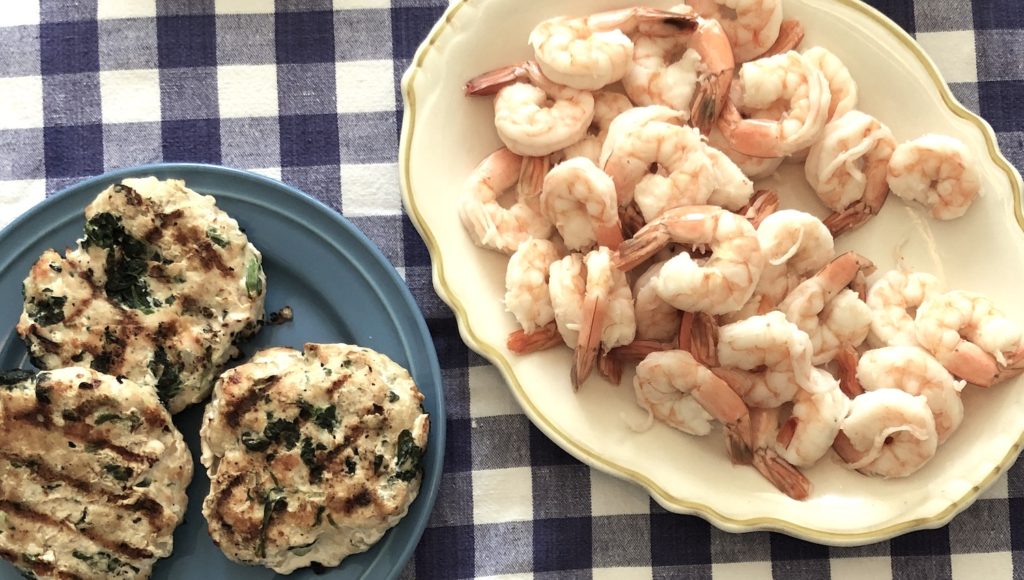Good foods and a good diet are what build strong and lean muscle. All foods are made up of the macronutrients: protein, carbohydrates, and fats. All three of these macronutrients play their own role in the body. With the right combination of macronutrients you’re able to build muscle and burn fat more efficiently. The foods we eat not only affect our physical appearance, but our mental health as well, including everything from focus and concentration to our moods and emotions.
If you’re serious about wanting to build muscle and lose fat, then the very first thing you need to do is start eating right, and that starts by putting goods foods in your body. These are the 25 of the best foods for building lean muscle in each of the macronutrients categories: protein, carbohydrates, and fats.
Also read:
6 steps to starting a new diet
How to “intuitive eat” for lean muscle
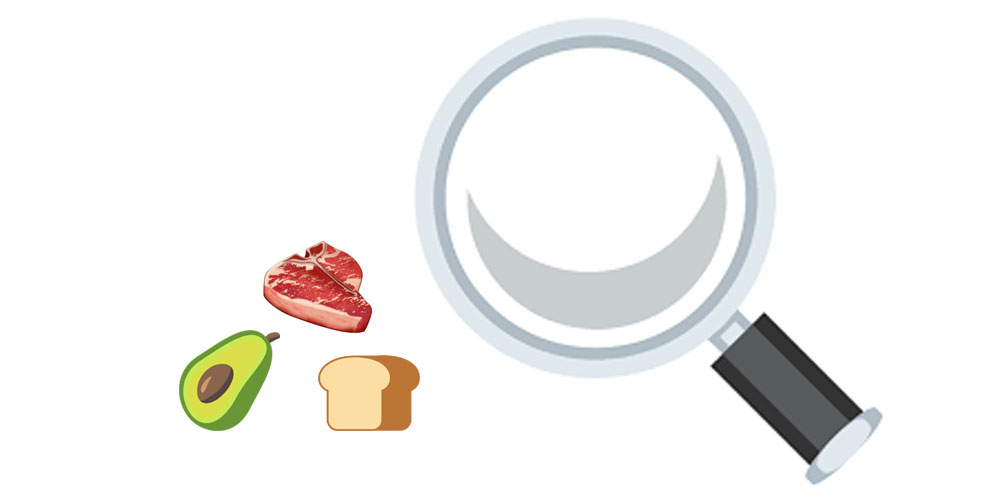
How protein works in the body
Throughout the day we are either in an anabolic or catabolic state. In an anabolic state the body is essentially repairing and growing. In a catabolic state we’re breaking down. Both are normal processes, but when attempting to build muscle, we want to be in an anabolic state as much as possible. Consuming protein supports that.
How carbohydrate work in the body
The primary function of carbohydrates in the body is an energy source. The trick is, consuming the right type carbohydrates and the right amount. It’s very easy to overeat carbohydrates.
There are different types of carbohydrates ranging from simple to complex. Simple carbohydrates, such a sugar, cause a sharp insulin response, and are processed very quickly by the body. Complex carbohydrates such as sweet potato or oats, cause a gradual insulin response, and are processed much more slowly. Keeping our blood sugar and insulin responses in check are essential for fighting fat storage.
Fiber, which is also considered a carbohydrate remains relatively unchanged in the body, this helps with digestion.
How fats work in the body
While there are also different types of fats: saturated, unsaturated, polyunsaturated, and monounsaturated, fats play a different role than proteins and carbs. While fats are also an energy source, they are more involved in regulating hormones. Fats are essential, but striking the right balance is also tough. Fats are calorie dense (9 calories per gram, compared to the 4 calories per gram that proteins and carbs have).
The right combination of macronutrients for building muscle
For the most part, 9 times out of ten, if you can’t add muscle, it’s probably because you’re not eating enough food. It doesn’t matter how much time you spend in the gym, or the amount of weight you lift, your diet will make or break gains. On the other hand, if you’re gaining too much fat, then you’re probably eating more food than you think (or your macronutrients are off). For a more in-depth breakdown on how to figure out what your own individual body needs, check out our piece on intuitive eating for lean muscle.
The best sources of protein
1. Chicken
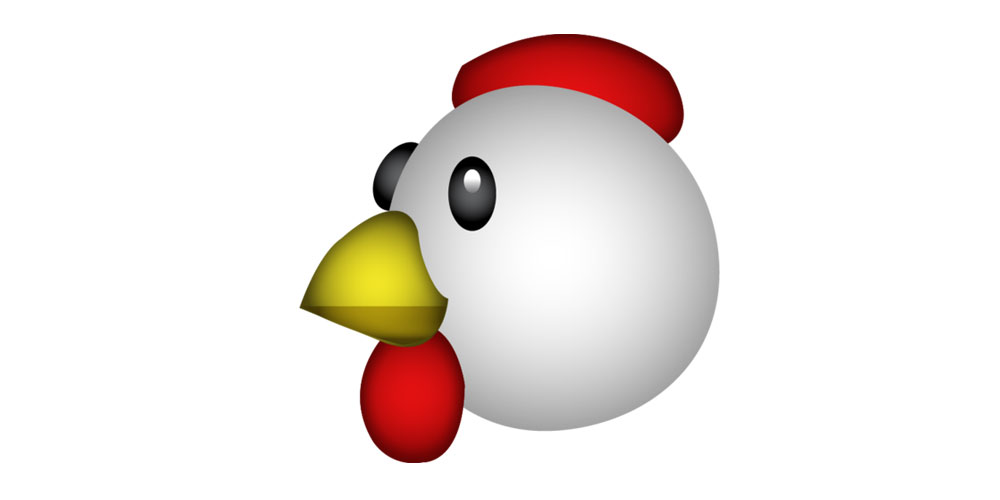
If there’s a staple to muscle-building, this is it. Chicken is loaded with protein and low in fat. Here’s the deal though: go with skinless breasts. Thighs, legs, wings, and the skin, all add on unnecessary fat content. A 4 oz serving of grilled chicken breast has about 28 grams of protein, 3 grams of fat, and a total of 130 calories. You could also go with extra lean ground chicken. The macronutrients are about the same.
The best (and easiest) ways to eat chicken
- Grill it
- Bake it
- Fry it up with onions and peppers
- Crock-pot it for a pulled version for your homemade bowl
- Chicken soup when you’re under the weather
- Chicken chili for fall and winter
- Chicken tacos for Taco Tuesday and summer fun
2. Turkey
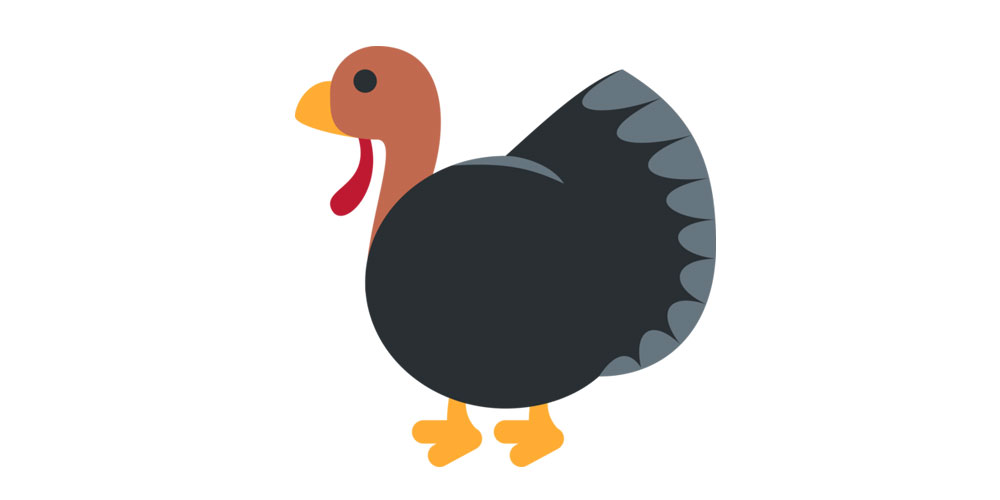
Pounding down chicken everyday will get old. We didn’t need to tell you that. The calorie and macronutrient breakdown is very close to chicken. Turkey has slightly more protein and slightly less fat, but it doesn’t make much of a difference. Eating both birds are great for building lean muscle and keeping fat off. You can also find the extra lean ground turkey as well.
The best (and easiest) ways to eat turkey
- Bake it for Thanksgiving dinner (and, of course, leftovers)
- Grill it as burger patties with spinach and onions
- Turkey soup, turkey chili, and turkey tacos are just as good as the chicken ones, too
Must try:
Our turkey and butternut squash stew
3. Extra lean ground beef
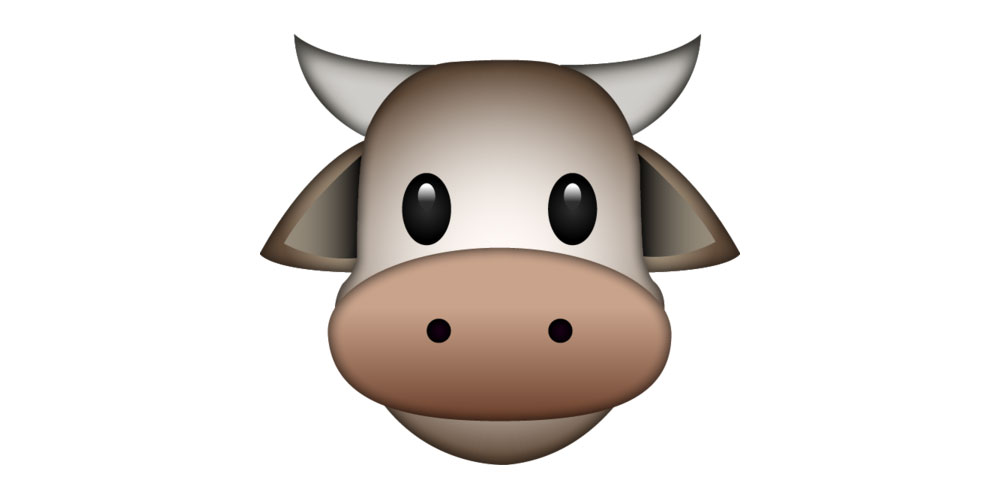
It’s important we put “extra lean” in there. There’s a lot of beef to chose from and a lot of it can be loaded with extra fat. For example, that burger you ate on your last summer vacation. Bet you it was 80% lean, not 96%. It was probably juicy and delicious, but not the best for you waistline. Here’s the numbers: 4 oz of 80% lean beef has about 300 calories, a whopping 23 grams of fat (9 of which is saturated), and only 19 grams of protein. Now, 96% lean at 4 oz has about 140 calories, only 4.5 grams of fat (2 of which is saturated) and 24 grams of protein. Math!
The best (and easiest) ways to eat ground beef
- Burgers with onions and mushrooms
- Bake it into a solid winter meatloaf
- Stuff bell peppers and bake it
- Two words: Sloppy Joe (but now it’s leaner)
- Tacos are a given
4. Jerky
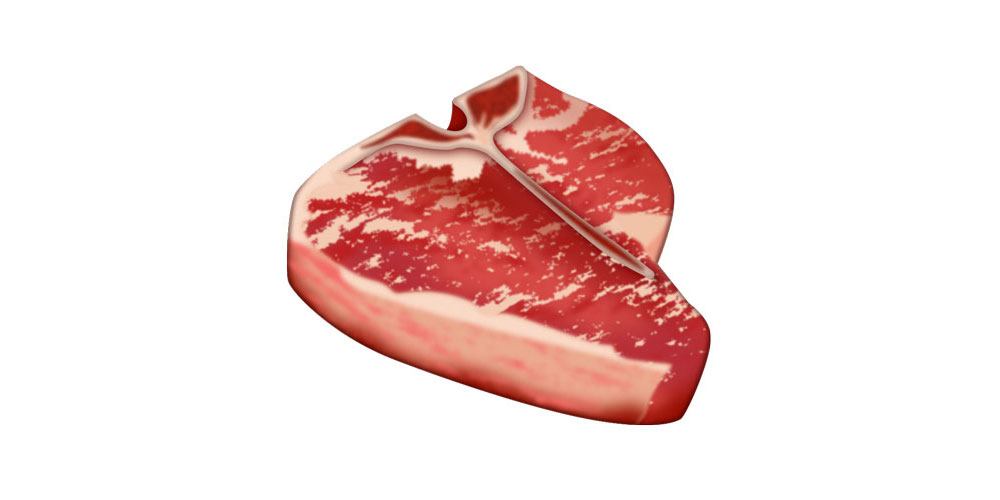
This is one of your new travel essentials. There are only so many protein shakes you can drink while on the road, on the trails, or in the water. Jerky is a nice sub in. For the longest time, jerky typically was loaded with extra sugar and salt, but these days there are better, cleaner options.
5. Salmon
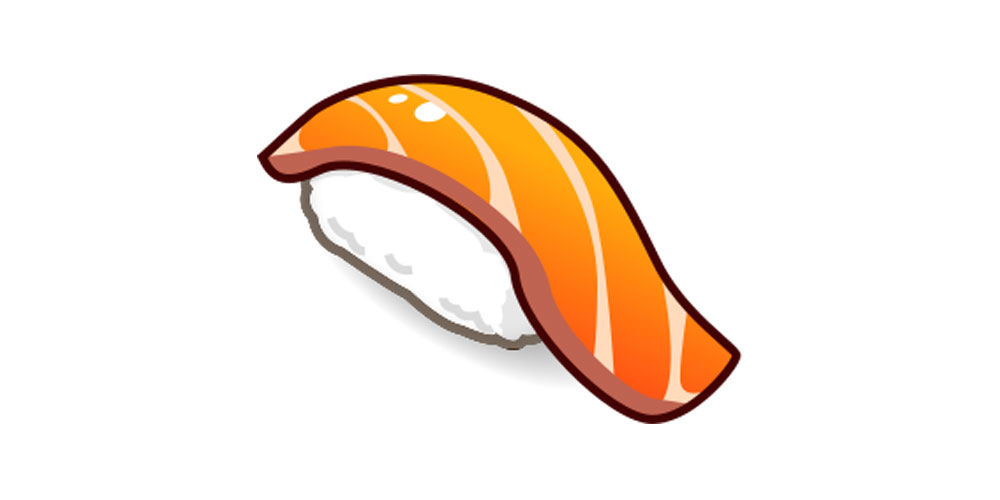
Salmon is another staple, but there’s a commonly overlooked caveat to eating it. Here’s the deal: go with wild salmon, it’s lower in overall calories, lower in total fat (and saturated fat), has a better ratio of Omega-6: Omega-3 fatty acids, and the protein content is about the same. Also, be weary of the salmon at restaurants, it certainly will be shellacked in butter or something with even more fat.
The best (and easiest) ways to eat salmon
- Grill a slab of the wild stuff and enjoy
- Ever tried poke? You’re missing out
- Ever tried ceviche? Again, you’re missing out
6. Tuna
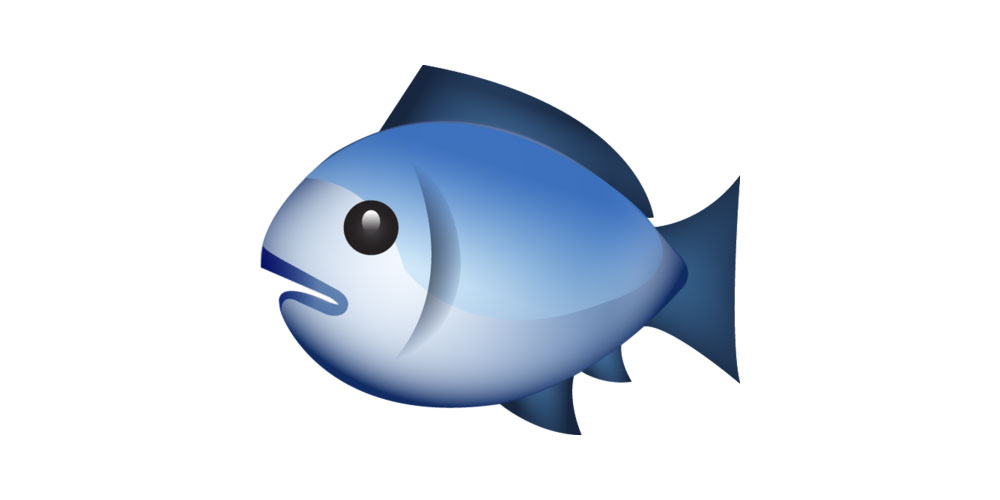
If you’re thinking canned tuna, consider that your emergency protein. Get home late from work, no time to cook, and no energy to move, the canned stuff is easy. But choose wisely. Mercury content in fish can be a scary thought. Go with light tuna for lowest amount of mercury. Also, get it in water, not oil. Again, you don’t need anymore extra fats. There’s plenty of fat in fish.
See also:
5 seafood recipes that aren’t salmon
7. Shrimp

If you’re at a dinner party, don’t stress going a little overboard on these. (We’re talking about the ones that aren’t fried.) They’re relatively low in calories, but high in protein, especially for their size. The only time you could get yourself in a little trouble is with how it might be prepared at a restaurant. There is a big difference between shrimp cocktail and shrimp scampi.
The best (and easiest) ways to eat shrimp
- Cocktail shrimp is your go-to
- Fry it up with some asparagus, onions, and peppers
- Swap out boring ol’ grilled chicken for shrimp in your salad
8. Eggs
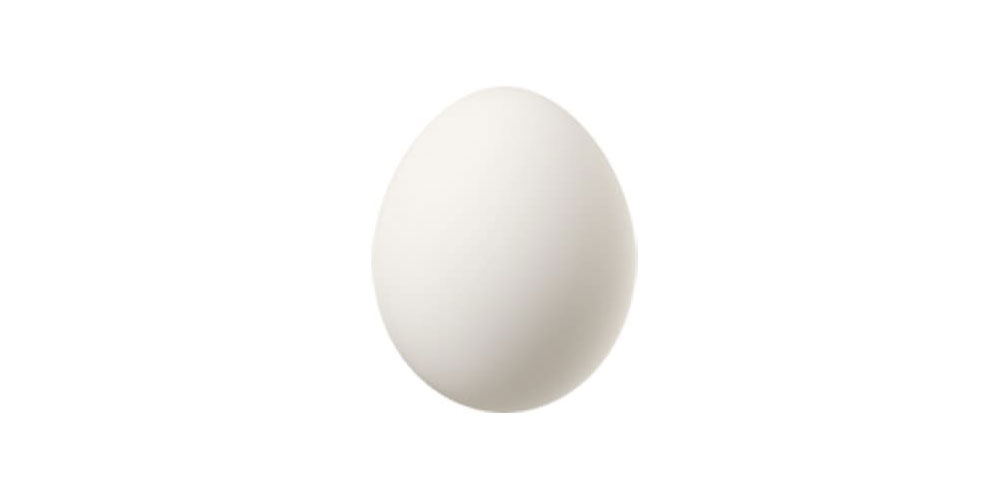
One of the best things about eggs is that it’s so quick to make. You can make a fancy pants, gourmet omelet in under 10 minutes. Eggs are loaded in protein, and if you want less fat you can easily keep the yolks out. But if you’re going a bit lower carb for the rest of the day, you can add a couple extra ones in. No better way to start the day. Only negative: they sorta smell like farts.
The best (and easiest) ways to eat eggs
- Throw every veggie you have on hand into an omelet
- Throw every veggie you have on hand into a scramble
- Toss them in a low-carb wrap for a high-protein, ab-friendly burrito
- Hard boil them
9. Protein powder
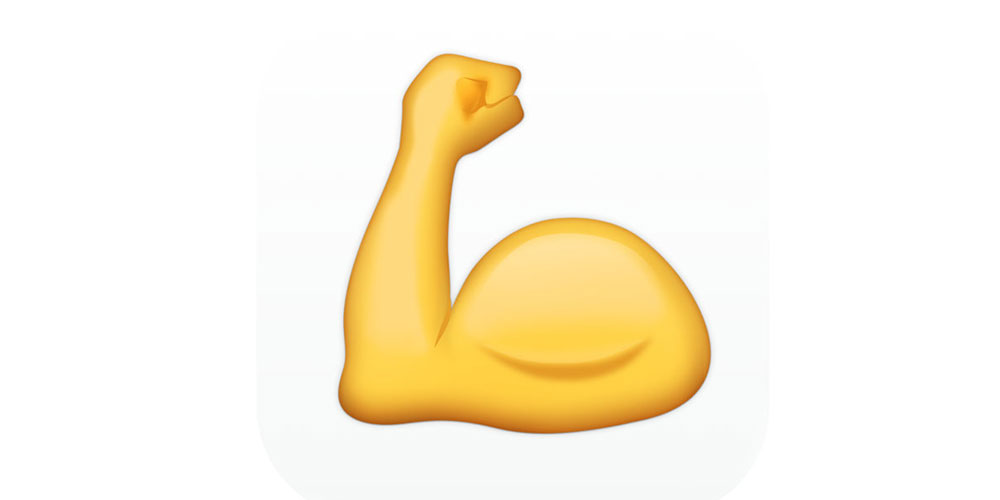
Want an easy way to get a shot of protein in you with very little fat, carbs, and sugar? A good protein powder supplement. There’s plenty of them out there. You can go with either plant or something whey-based. The benefit of whey-based protein is that it typically has the highest amount of the amino acid leucine. Leucine has been shown to boost protein synthesis more than any other amino acid. This protein synthesis is an important biological process to building (and maintaining) muscle mass.
The best (and easiest) ways to use protein powder
- Quick shake with water and unsweetened almond milk
- Freeze it into some summer protein popsicles
- Add it into your oatmeal for a pudding
- Refrigerate it with peanut butter and oatmeal for high protein snack balls
10. No-fat Greek yogurt
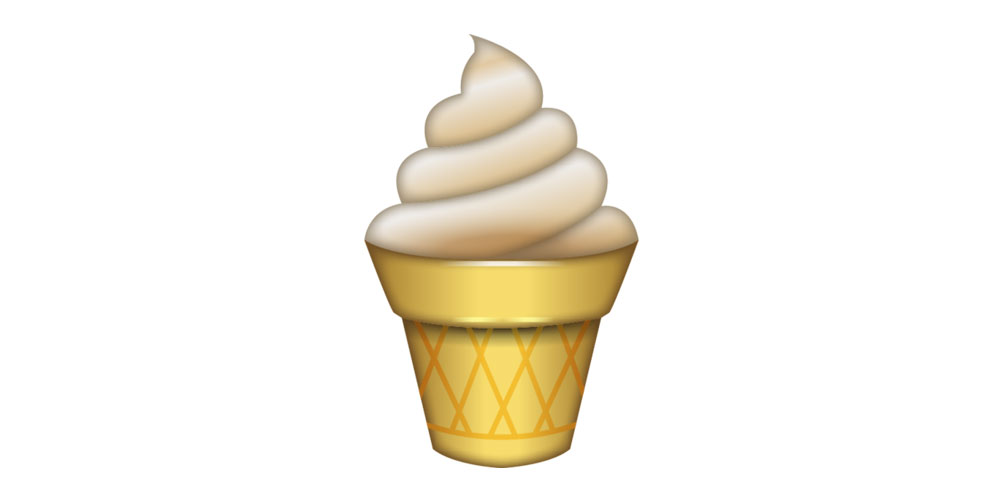
The fact that Greek yogurt has a strong serving of protein per cup is nice, but what’s even better is that it’s loaded with probiotics to support the immune system and gut health. If you’ve ever experienced bloating or stomach discomfort like 99.9% of the human population, then it might be worth introducing yourself to the naturally-occurring lactobacillus bulgaricus and streptococcus thermophilus bacterias. They could just become your belly’s new best friend.
The best (and easiest) ways to use Greek yogurt
- When it comes to tacos, swap out the sour cream for Greek yogurt
- Add 1/2 scoop of your favorite protein powder to supercharge your yogurt
The best carbohydrate foods for muscle-building
11. Oatmeal

If there’s a staple in the carbohydrate department, this is it. Oatmeal is a low glycemic food which means that it doesn’t cause a massive insulin spike after consuming it. This is helpful when working towards muscle gain while attempting to keep fat off. In fact, there is a connection between a reduced glycemic load diet and weight management. A study in the American Journal of Clinical Nutrition found that people following a reduced GL diet had lost significantly more weight than the control group at 12 weeks.
12. Ezekiel cereal
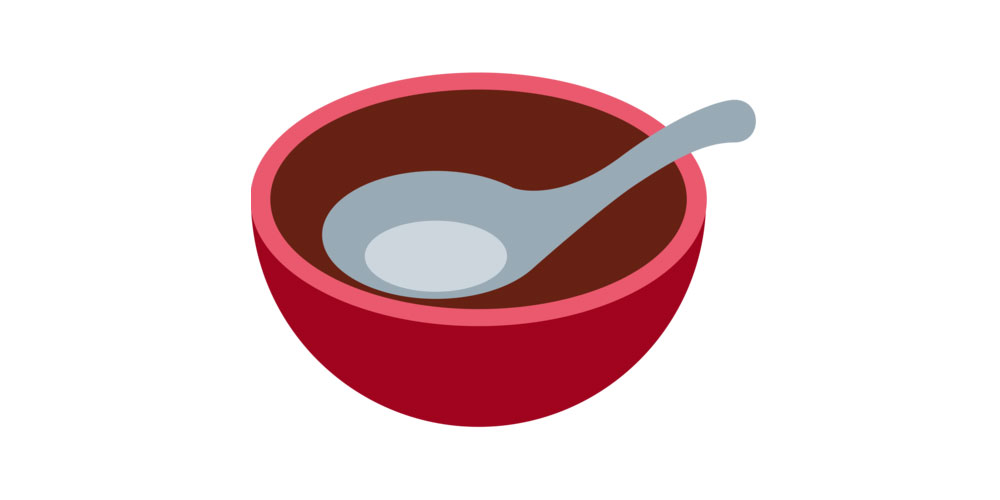
If you’re keeping the chicken man in business, chances are you’re keeping the oatmeal man in business, too. But, we know, we know, both of those things get super old. If you need a change for breakfast and crave cereal, go with Ezekiel. It’s much like oatmeal when it comes to having a lower GL so it won’t spike your blood sugar. Another added plus of Ezekiel: you won’t find all the unpronounceable ingredients that are in the mainstream stuff.
13. Ezekiel bread

Bread is delicious. Now that that’s out of the way… Your typical bread is loaded with refined sugars, refined grains, and flour. All of that consists of less micronutrients and fiber than whole grains. If you’ve got the itch for bread, just like cereal, go with Ezekiel.
14. Quinoa
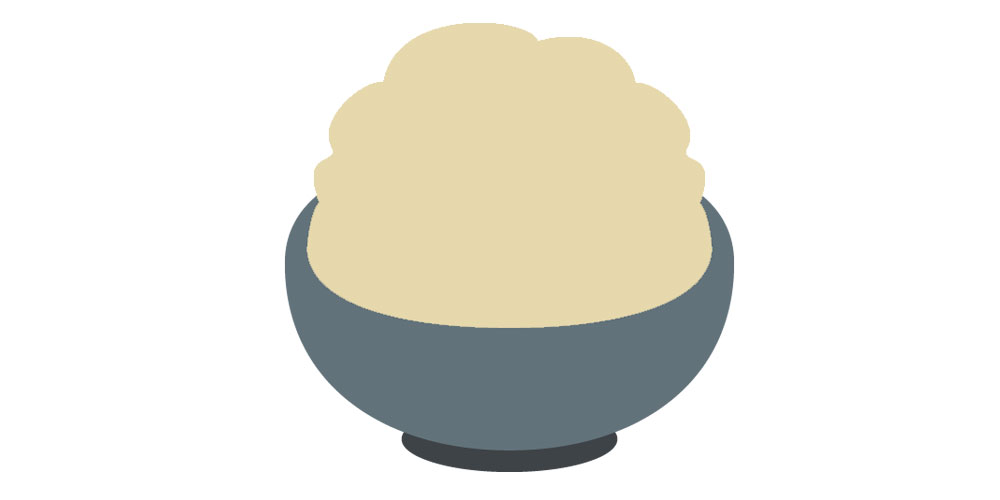
While quinoa is a carbohydrate, it’s actually loaded with protein, too. That’s a great thing. It’s also packed with the mineral zinc which helps support healthy testosterone levels, an added bonus for building and maintaining muscle. The only thing to be careful with quinoa is the portion size. It’s very small and very easy to over-serve yourself. Quinoa is definitely a good choice, but too much carb is still too much carb.
15. Sweet potato

Both sweet potato and white potato have about the same amount of calories and carbohydrates. So what’s the difference? Again, it’s the lower GL in the sweet potato that gives it the win. Sweet potato is also slightly higher in fiber which helps keep you feeling full. Important note: sweet potato fries are not sweet potato, well, they are, but they’re fried in oil. Far from the same thing, just saying.
Must try:
Our beets and sweet potato hash
16. Whole wheat pasta

Cereal cravings, bread cravings, and of course, pasta cravings. Instead of going with regular pasta, grab a whole wheat version for more fiber, more protein, and a lower GL. Pasta can be sneaky too, serving sizes are much smaller than you think. Be careful when preparing so you know how much you’re taking in.
17. Broccoli
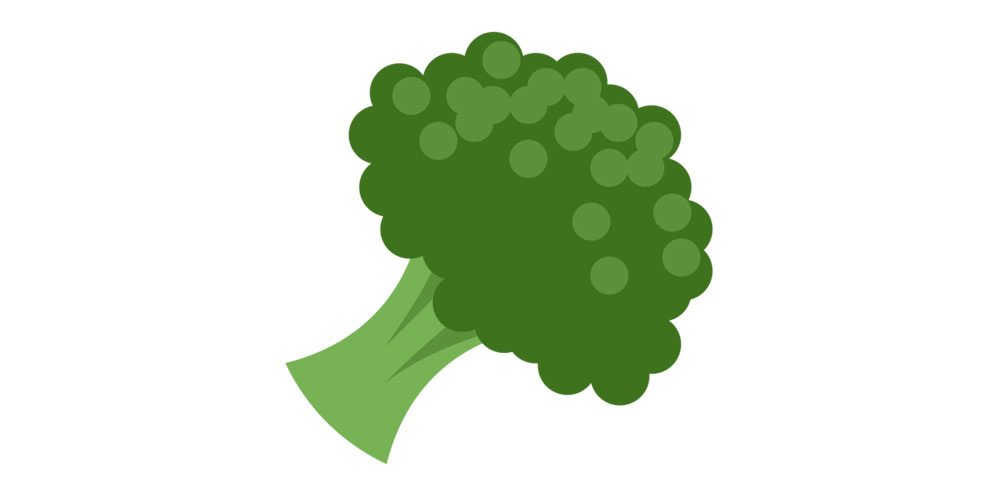
There’s a lot of reasons broccoli has been the most-mentioned veggie in the fitness community. It’s loaded with calcium, in fact, almost as much as a glass of milk. Surprisingly, it has even more vitamin C than an orange. It’s also a good source of vitamin K, folate, potassium, and fiber. Broccoli is super-low carb power food. It’s the perfect veggie for keeping calories down, helping you feel full, and still loads you up with micronutrients.
18. Pomegranate
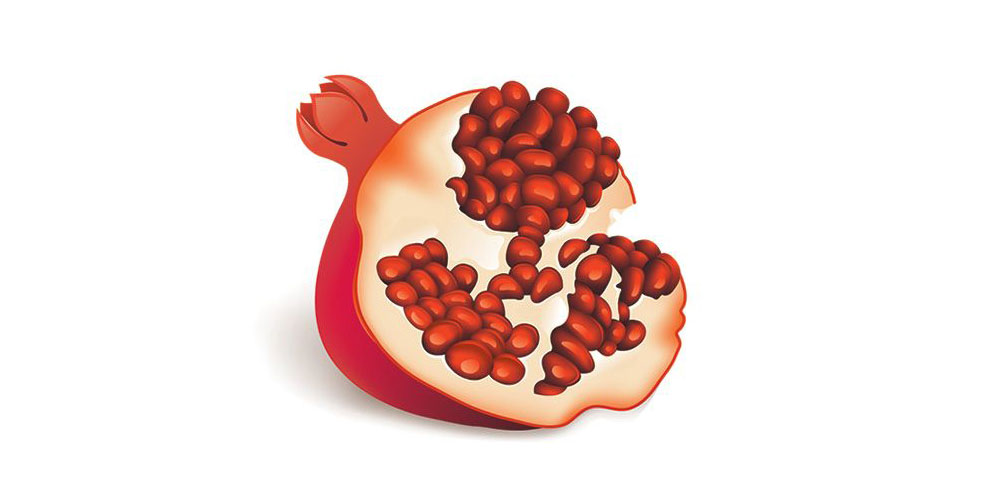
Pomegranate juice is high in polyphenols which are powerful antioxidants that help fight disease, but that’s not the only punch it’s packing. One study of 60 individuals found that pomegranate juice had reduced blood pressure and reduced anxiety. Wait! There’s more: subjects experienced salivary testosterone levels increase nearly 24%. More testosterone, more muscle.
19. Cherries
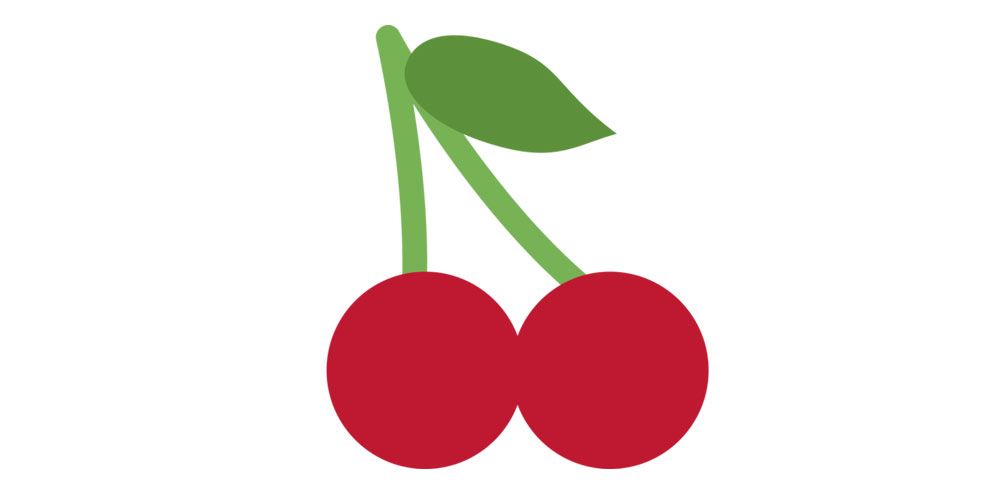
Sometimes that post-workout soreness can be a little annoying, right? Even if you are a hardcore “no-pain, no-gain” type, waking up stiff and sore gets real old, real fast. Tart cherries might actually help with that. A study in the Journal of the International Society of Sports Nutrition looked at a group of 54 healthy runners. Half consumed tart cherry juice twice per day for 7 days prior to a race and the other half consumed a placebo. After the race, researchers asked runners about their soreness and found that the tart juice drinkers were less sore.
20. Grapefruit
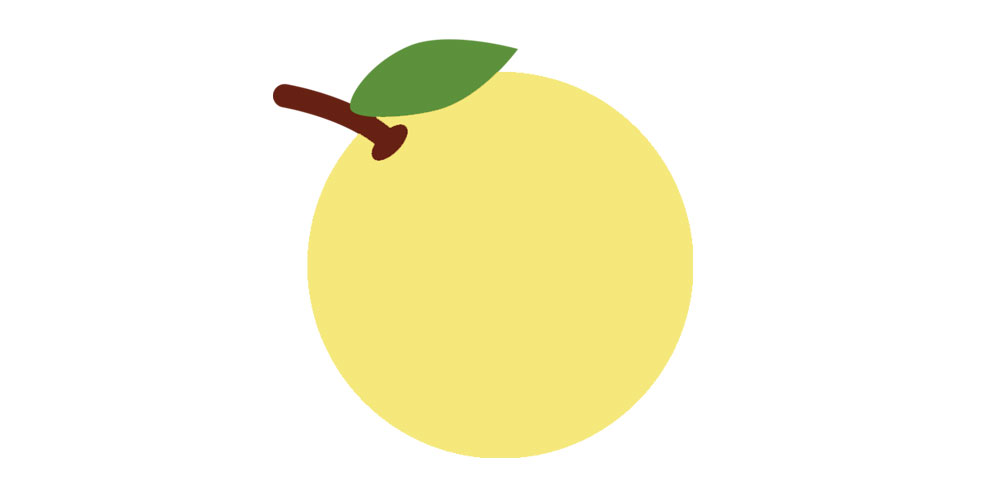
This is a high-value ball of 40 calories. Not only does the American Institute for Cancer Research consider grapefruit one of the foods that helps fight cancer, it could also help keep fat off. A study in the Journal of Medicinal Food looked at a randomized group of 91 subjects weight and insulin levels with grapefruit supplementation. Subjects that supplemented with grapefruit saw a reduction in insulin levels compared to the placebo group.
The best fat foods for muscle-building
21. Avocado

While avocado is a fruit, its macronutrient profile doesn’t seem like it. Avocado is a calorie-dense, high-fat food, but that fat is monounsaturated. Monounsaturated fat has been shown to increase testosterone levels. Avocado is also a good source of fiber to aid in digestion and help keep you feeling full. The only thing is: don’t have avocado toast on it’s own. Add in few egg whites on the side to balance out the carbs and fat with protein. Caveat: avocado is very high in fat and calories can rake up quickly, read our story about how avocado could be a fitness facade.
22. Extra virgin olive oil

Why extra virgin olive oil versus all of the other oils out there like vegetable oil or canola oil? It comes down to the process of how it’s made and ends up on your table. All oils are fats, that’s a given. But the refined processes that canola and vegetable oils go through make them less appealing (or even healthy). The oil is usually extracted by heat or solvents, whereas extra virgin olive oil is extracted through completely natural processes.
23. Nuts
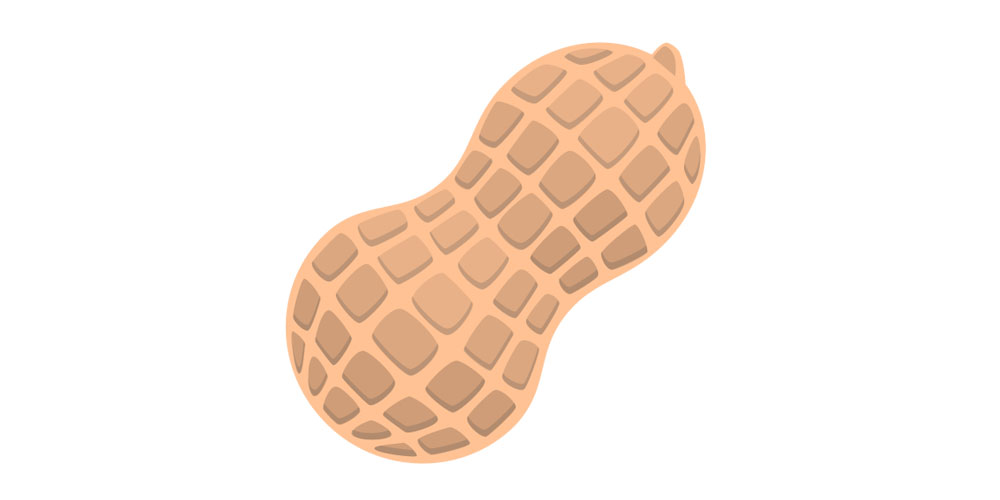
Almonds, walnuts, and pistachios are all very similar so the choice is yours. However, there are two important caveats: first, go with the natural versions, you don’t want any added sugars on them. Second, be mindful to eat them in moderation. Nuts are very easily overeaten and portion sizes are a lot smaller than you might think. These are your quick grabs while on the road or mid-day snacks.
24. Natural almond butter

Whether you need to get your total calorie count up for the day or you’ve got a late night craving, a little almond butter is nice to have around. Again, it’s a nut so the same rules as above apply.
25. Flax seeds

Consider this your little dusting of the good stuff. Add it to your oatmeal or protein shake in the morning or your afternoon salad. Aside from the usual helpful benefits from the fat contents, flax seeds are a good source alpha-linolenic acid (ALA) which may have some positive health and anti-inflammatory effects.
Support your new diet with a great workout plan
Along with your new approach to food and eating right, you’ll want to pair it up with a great workout plan. We suggest you look at our page of 30 FREE workout plans, but if you’re looking for more muscle, fast, check out either or 4-week Bulk Up plan or the 3-day Monster plan.

